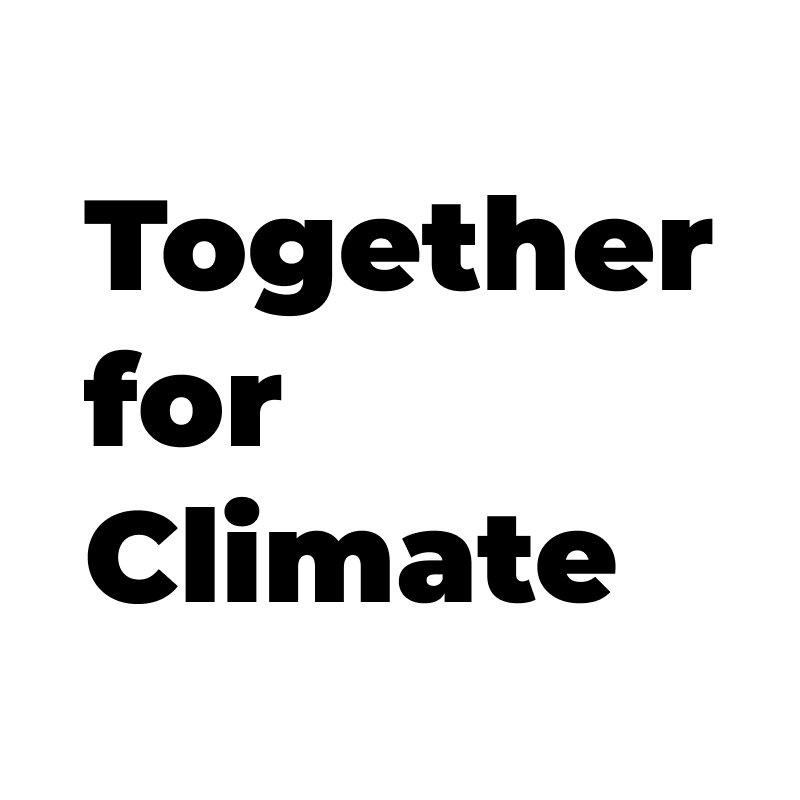"The Uninhabitable Earth: Life After Warming" by David Wallace-Wells
"The Uninhabitable Earth: Life After Warming" by David Wallace-Wells is a profoundly alarming and compelling examination of the potential future that awaits the planet due to climate change if current environmental abuses continue unchecked. The book, based on Wallace-Wells' viral New York Magazine article, paints a stark and detailed picture of the horrors that could lie ahead. Here are the main takeaways from the book:
A Catastrophic Outlook: Wallace-Wells begins by setting a grim scene of the future, discussing various aspects of life on Earth that will be dramatically altered by global warming. He covers everything from the increase in deadly heat waves and wildfires to the economic impacts of climate change, such as food shortages and the collapse of entire industries.
The Speed of Change: One of the central themes of the book is the rapid pace at which climate change is occurring. Wallace-Wells stresses that the effects of global warming are unfolding faster than previously predicted, and that even the most conservative estimates by scientists today could be seen as overly optimistic in the near future.
The Psychological and Societal Impacts: The author delves into the less discussed but equally important psychological and social consequences of climate change. He discusses the potential for increased conflict, mental health issues, and a breakdown of social cohesion as resources become increasingly scarce and natural disasters become more frequent.
The Role of Human Action: Wallace-Wells argues forcefully that human activity is the primary driver of these changes, pointing out that the current trajectory of carbon emissions and environmental degradation is a result of choices made by societies, particularly in terms of energy production and consumption. He challenges the reader to acknowledge the role of human agency in creating and potentially mitigating these crises.
Technological and Political Solutions: Although much of the book is devoted to outlining the severe impacts of climate change, Wallace-Wells also discusses the potential for technological and political solutions. He explores renewable energy technologies, carbon capture methods, and geoengineering, but emphasizes that technological fixes alone will not be sufficient without significant political will and policy changes.
Ethical and Moral Considerations: Throughout the book, there is a strong undercurrent of ethical and moral questioning about the responsibilities of the current generations to future generations and the inhabitants of less wealthy nations who are most vulnerable to climate impacts. Wallace-Wells urges readers to think critically about justice and equity in the context of climate action.
A Call to Action: Ultimately, "The Uninhabitable Earth" is a call to action. It is intended to shake readers out of complacency and into a state of active concern and engagement with climate issues. Wallace-Wells uses the dire scenarios described in the book as a rallying cry for humanity to take immediate and decisive action to mitigate the worst outcomes of climate change.
In summary, "The Uninhabitable Earth" serves as a stark reminder of the severe and wide-ranging impacts of global warming. It challenges every individual, policy-maker, and business leader to reconsider their role in perpetuating these issues and their potential to contribute to solutions. Wallace-Wells combines scientific research with compelling narrative to create a deeply affecting portrayal of what life on Earth could become and motivates a push for urgent action.
If you enjoyed this summary, we encourage you to read the full book. More information about it can be found here.
